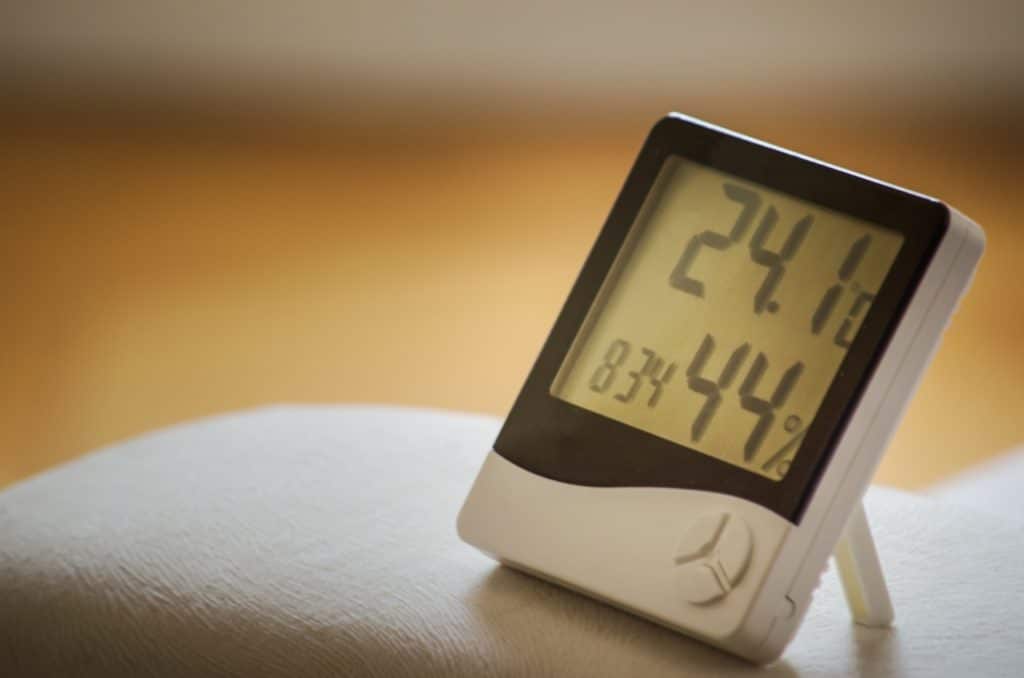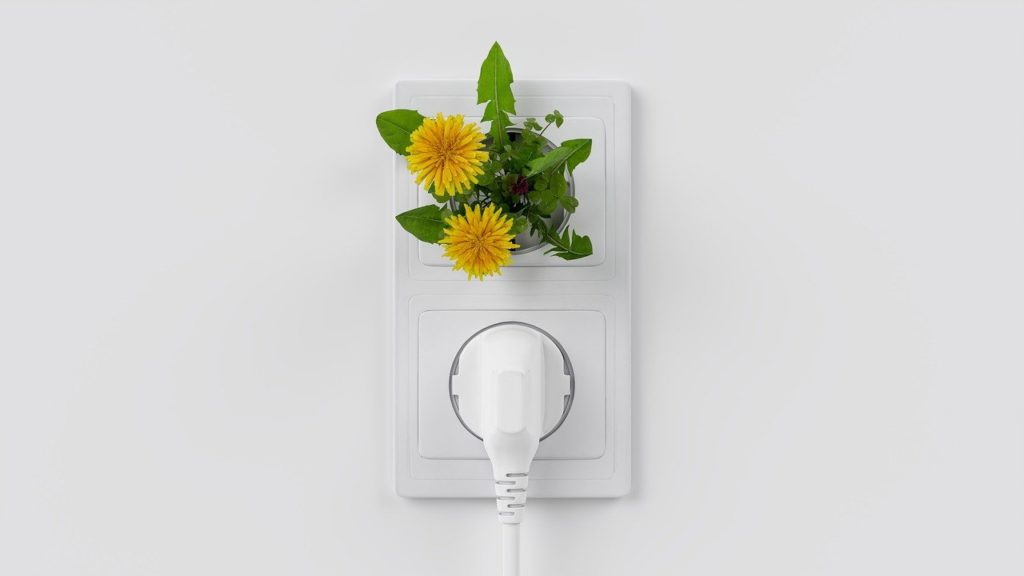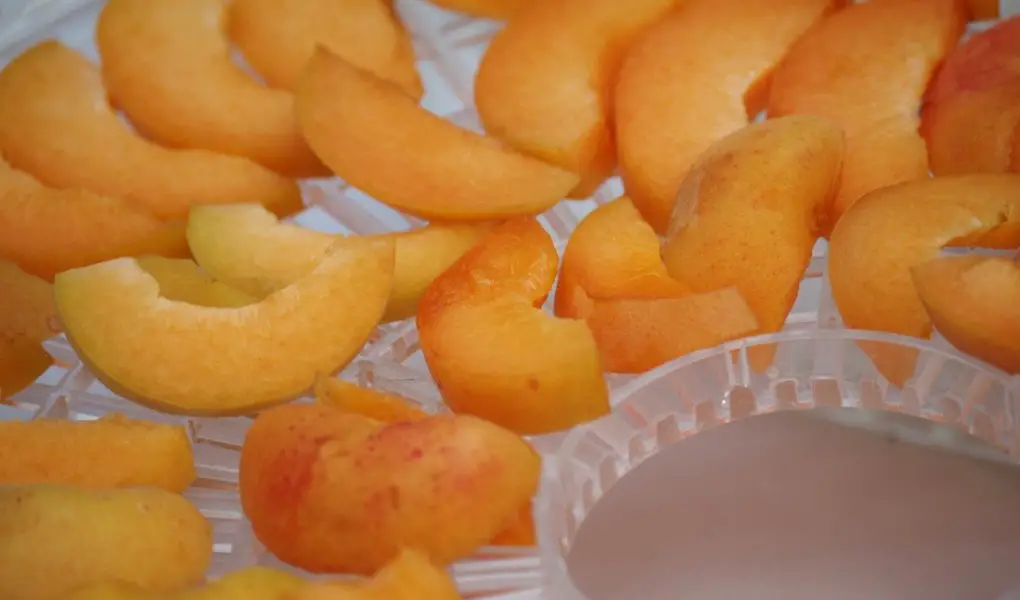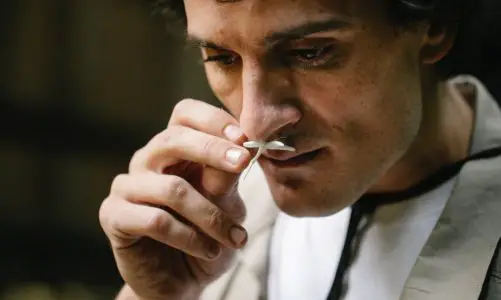Dehydrating foods is fast becoming a popular method used for either short term or long term storage of meals. Taking dried foods along on a camping trip or hike makes life so much easier. The convenience of having dehydrated fruit snacks or meals stocked up in the kitchen cupboard essentially means fewer trips to the store too. So you have bought your good quality dehydrator but discover that certain food smells emitting from the machine whilst drying is not exactly pleasant. For this reason and others, many newbies wonder if they can use a food dehydrator outside. The short answer is that you can, but there are a few important points to consider first before using your machine outside.
What you need to know when using a food dehydrator outside
Running a food dehydrator generally takes a few hours. There are no shortcuts. Drying foods for this amount of time indoors can quickly fill the air with strong odors which can become rather unbearable for some. Foods such as meat, onions, garlic, mushrooms, kale, or even bananas can give off a strong smell, which some people find very unpleasant. There are certain health conditions to consider too when dehydrating indoors. If you or anyone in your household have asthma or respiratory issues then drying food outside is the better option. If you share your home with a vegan, consider that they may be put off by the smell of beef jerky wafting around inside the home. These are all valid reasons why you may feel motivated to use a food dehydrator outside.
If all the conditions are right and safety precautions are in place, there is no reason why you cannot use a food dehydrator outside. Temperature, humidity, air quality, and using the correct wall outlet are key elements when it comes to successful machine drying outside.
Location
Create a solid and stable surface for your food dehydrator outside. The point is for it not to move or fall over accidentally. This is important especially if you have kids or pets moving around outside. Provide some sort of cover for your machine to protect it from the elements. Doing this will protect it from excessive wear and tear. Placing your appliance in the garage could be a good option, provided there is an approved wall outlet and the space is clean from chemicals and dust.
Another option may be to simply use the dehydrator in another part of the house. Close the door but make sure that there is ample ventilation by opening windows to let air flow through.
Temperature
Outside temperature is another key element when it comes to using a food dehydrator outside. A constant and stable temperature above 60°F / 15°C is ideal. Anything under this temperature will put a strain on your appliance as it has to work harder to dry and heat the foods, ultimately costing you more money. Lower temperatures only result in longer drying times and wearing the machine out faster. Using a food dehydrator in the warmer months is a faster and most cost-effective way to dry foods.
Humidity

The faster a dehydrator can remove moisture from food, the shorter the drying time will be. Remember that a dehydrator pulls in the air from the outside, while it pushes out moisture from the inside. If the air is humid, the machine will struggle to dehydrate the food properly and the whole process may take far longer than usual. If you live in a climate that is predominantly humid throughout the year, using a dehydrator outside becomes problematic. Warm sunny days with low humidity are ideal for dehydrating.
Air quality

As mentioned earlier, your food dehydrator pulls in air from the outside. If the air is polluted with chemicals or dust, it will be pulled into and onto the food on the trays. If the quality of the air in your area is generally poor, it may be best to reconsider dehydrating inside. Under these conditions, using an enclosed solar drying system may be a possible solution. There are many plans for DIY solar dehydrators available online for you to choose from. If you are drying in the garage, make sure that the air inside is clean.
Power source

Make sure you have an approved wall outlet either outside or in the garage. This is because power outlets situated outside the house may have weaker supply capacity which may ultimately injure your unit. Check the electrical guidelines as set out inside the machine’s user manual. Make sure the plug you want to use outside meets the correct requirements as per guidelines. It is better to be safe than sorry.
Last thoughts on using a food dehydrator outside
Using a food dehydrator outside can be done safely and effectively if attention is paid to the above-mentioned precautions and conditions. Certain foods may require a 24-hour cycle, in which case you may want to bring your dehydrator inside when the temperature drops in the evening and restart the process in the morning. As you get used to your dehydrator, you will discover its potential and limitations and adjust accordingly.
Others enjoyed these too:
How to dehydrate fruit naturally.
Do food dehydrators make food crispy?
Can you use a dehydrator to dry seeds?
Find out how to dehydrate fruit quickly.
Which essential oils numb the skin?
Are essential oil diffusers safe for guinea pigs?
Disclaimer and Cautionary Note: Sunny Life Mag is a digital magazine for entertainment. The contents of this website are for informational and entertainment purposes only and do not constitute expert advice. Not any of the products recommended in the articles have been independently tested for safety. Report all health and safety issues related to the products mentioned in articles to the manufacturer directly.
Affiliate Disclosure: Some of the links that appear on this site are affiliate links. We may receive a small commission when you make a purchase. These commissions help to improve this site and to fund further research. The buyer does not pay any commission whatsoever but is an arrangement between the supplier and this site. Our selection of products is carefully curated and includes only those products we believe in.
Photo by Ajale on Pixabay
Photo by Kaffeebart on Unsplash
Photo by Austin Ban on Unsplash
ColiN00B via Pixabay




